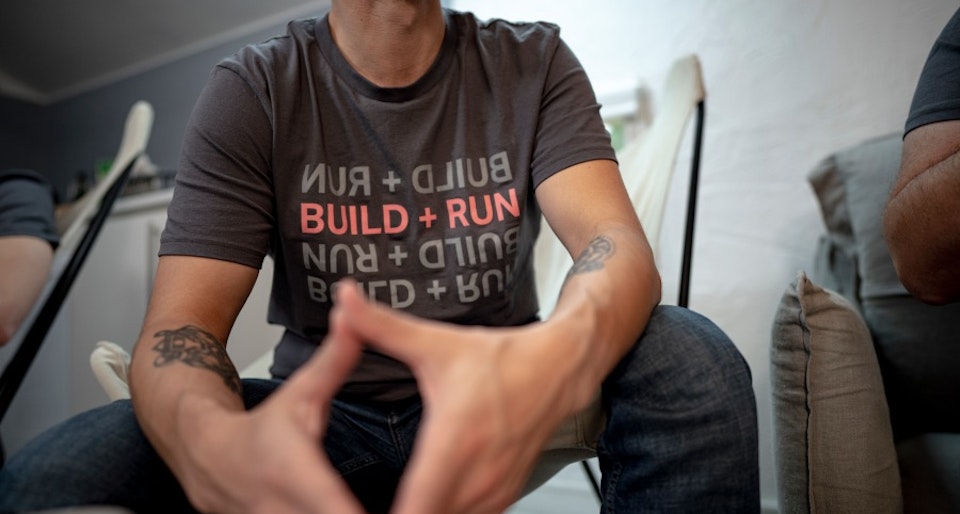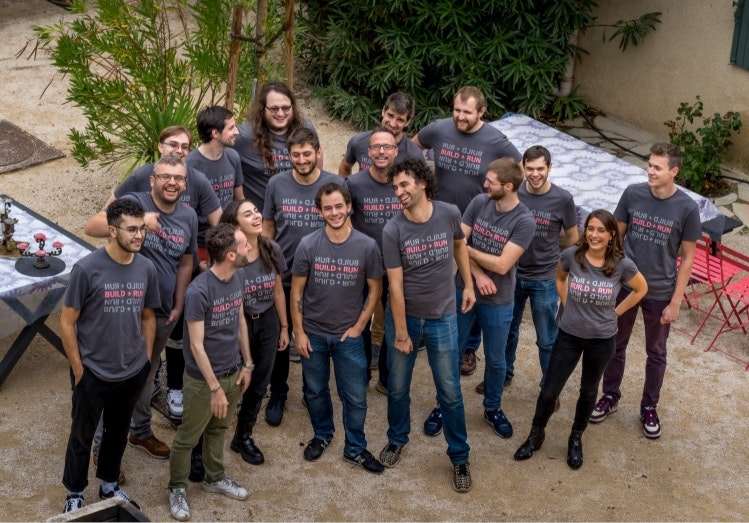Life at Scalingo #2: How to build a top notch technical support

One of Scalingo’s biggest strengths is our technical support team which is exclusively composed of expert developers.
In the vast majority of client’s feedback, the most commonly mentioned subject about Scalingo is the quality of the provided customer service, and the efficiency of our technical team and their support.
In this second article of the Life At Scalingo series, we’ll present to you our recipe for organizing a top-notch technical support
Technical superheroes: Batman, Robin, and Hulk
Our support team at Scalingo is composed of developers with each a unique role within the Scalingo technical team, some are front-end developers, while others are specialized in back-end development or in DevOps.
Each week, a member of the team is in charge of the support for the whole week. Inspired by our customer Hiptest/Cucumber Studio we name this role “Batman”. Batman is the superhero who comes to the rescue of customers in distress.
Its role is central in support. His main mission is to stay online on Intercom and to reply as soon as possible to users’ requests.
At Scalingo we use Intercom to facilitate the communication between our users and the support team. It is on this platform that user's messages are sent to the technical support. Then our support team can reply to every user.
One of the pros of using such a tool is that it’s not a ticketing system but it’s a live chat. It allows fluent communication between the support and the user.
It also makes it easier and faster for the user to get a response!

What does Batman do?
Batman is the main support role. His main goal is to reply to the user request as soon as possible.
Once acknowledged, the next step for Batman is to research the reported issue and understand the situation in order to bring up a solution for the user.
The biggest challenge in this step is to collect as much information as possible from the user on the situation. This step determines whether the issue is on the user’s end or on our end.
If the issue is on the user’s side, the Batman will locate the issue and provide the user with the needed documentation to fix it.
In the case that the reported issue would be related to the infrastructure, Batman will focus on fixing the problem.
On average, the number of requests that a Batman responds to can vary from 5 to 20 conversations a day.
After each ticket, the Batman has to annotate them depending on the time it took to solve, the difficulty, and the type of request (product-related, business-related, user errors, platform anomaly...). This tracking allows us a better understanding of how our users experience the platform and helps us determine the elements to improve.
Who is Robin?
Before becoming a Batman at Scalingo, each developer has gone through a Robin phase where he will learn everything about the support from the current Batman.
In other words, Robin is a training role to become a Batman. They are here to support Batman with his in responding to requests and learn the basics of customer support.
Usually, when a new member joins the technical team at Scalingo, we wait 2 or 3 months before starting the Robin role.
The Robin training usually lasts 4 or 5 weeks. We consider that after that period of training Robin can finally become a Batman.
What about Hulk?
On top of Batman and Robin, another role in the support team exists, and it’s named Hulk.
Hulk’s role is assigned weekly, similarly to Batman. However, only members from the Site Reliability Engineering team are assigned as Hulk.
The SRE team’s mission is to ensure that our platform is always up. The team makes sure that the platform is reliable, without being a burden for developers.
Hulk has a unique responsibility: he takes care of requests that Batman is not able to solve.
Sometimes, when the request involves an above-normal technical challenge, Batman can be overwhelmed with the task, especially when he has other requests to manage. In some other cases, the request may involve deep forensics in the platform.
In these situations, Hulk will handle the requests. They are ranked, within levels of difficulties (that we will explain later in this article), as a request of level 3.

Maintaining an efficient support management
To keep up with the quality level expected from our users, we have a set of rules and practices that we apply to keep things efficient on our side.
Here are a few examples of these rules and practices.
The golden rule
The support team has one specific golden rule when it comes to responding support requests:
If the answer to the user requires more than a redirection to the documentation, then something is missing in the documentation.
In other words, the documentation should be as extensive as possible to allow our users to be fully autonomous when it comes to solving errors on their end.
This is how Scalingo’s documentation was in fact created. Since the early days, the documentation is updated regularly and step by step.
Today, our documentation covers a wide range of topics and provides our users with guidance for every challenge they may encounter. And if it’s not in there, then the support will help the user and complete the documentation with the missing information.
Applying our continuous improvement policy
Following our continuous improvement logic, the support team is always focusing on optimizing the support experience for users.
The previous golden rule follows perfectly this logic. The goal is to always update the documentation to make it as extensive as possible.
The same goes with the internal organization and the optimization of roles within the support team.
Categorizing requests based on difficulty
As mentioned earlier in the article, support requests are ranked depending on the difficulty. There are three levels:
The first level of difficulty relates to any request that can be solved simply by targeting the user to the documentation.
Level 2 requests are those that require a bit more research on the Batman side, but that can be solved directly by the Batman despite the initial challenge.
Finally, level 3 has the highest level of difficulty. It is related to any requests that are outside of Batman’s scope and that require the intervention of Hulk. These are usually challenges that are related to the infrastructure.
To recap
Scalingo’s technical support is greatly appreciated by customers and is one of the biggest strengths of our PaaS.
In this article, we’ve introduced how we manage our internal support team with roles such as Batman, Robin, and Hulk. Now you know how we apply our continuous improvement policy through our golden rule and requests categorization.
It's now your turn to join our technical superheroes team, apply now!


